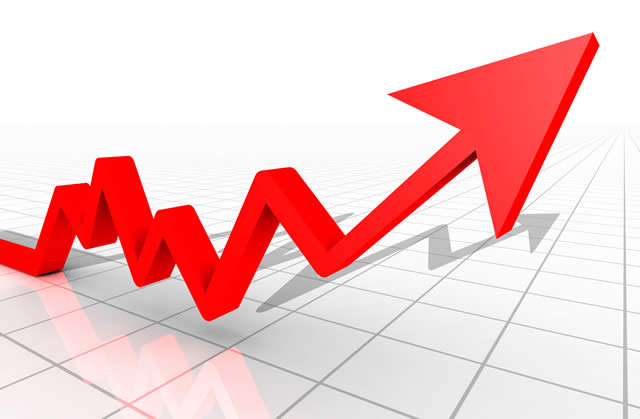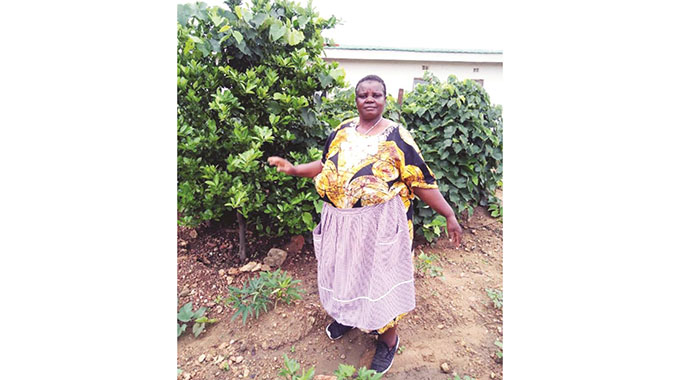Annual inflation eases

Tawanda Musarurwa
ZIMBABWE’S annual inflation eased to 348,59 percent in December 2020, compared with 401,66 percent in the previous month, according the Zimbabwe National Statistics Agency (Zimstats).
The 348,59 percent figure is above the 300 percent target that fiscal and monetary authorities had projected earlier, but significantly lower than what the International Monetary Fund (IMF) had predicted. In its last World Economic Outlook, the IMF projected inflation in Zimbabwe to end 2020 at 495 percent.
Month on month inflation was 2,75 percent in December 2020, gaining 0,5 percentage points from the November 2020 rate of 2,25 percent.
Zimbabwe’s annual inflation has been on a steady decline, coming down from 659,40 percent in September, to 471,25 percent in October and 401,66 percent in November.
Zimbabwean authorities have maintained a tight monetary policy regime to tame inflation, which peaked at 785 percent in May last year, while the foreign currency auction system introduced by the Reserve Bank of Zimbabwe last year has stabilised prices.
The foreign currency auction had a huge impact on improving access to foreign currency by local companies, with the benefits reflecting on the pricing of goods and services.
The country has witnessed a general price stabilisation as a result of increased local production and a more favourable exchange rate policy. On average, industry requires US$100 million per month to import raw materials and the auction system has been sufficient to allow access to foreign currency to fund imports.
Speculative pricing, prior to the introduction of the foreign currency auction system was one of the main drivers of inflation.
“The significant decrease in inflation is largely a direct result of the forex auction system. But even prior to that we saw the RBZ putting a cap on mobile money services, which vindicated our outcry over the last couple of years. We needed to tame mobile money transfer services to create a sound financial system,” Pan African Chamber of Commerce director Mr Langton Mabhanga said.
“We still have some players increasing prices, and as such defying the current stability. But we also need to appreciate that some commodities are seasonal and you would expect price increases to kick in on some products that are seasonal or whose raw materials are seasonal.
“But these are really distinct and such few commodities should not have significant impact on wider price stability,” Mr Mabhanga added
However, economist Persistance Gwanyanya said some price increases that have been noted in recent weeks were “necessary adjustments.”
“Those are necessary adjustments. In the past we have advised Government against subsidis
ing utilities, so when these utilities then adjust their prices it is then reflected in the prices of other goods and services,” he said.
Meanwhile, with regards to the Blended Consumer Price Index (Zimbabwe dollar and United States dollar) for the month under review, the month on month inflation rate in December 2020 was 2,75 percent, gaining 0,5 percentage points on the November 2020 rate of 2,25 percent.
The latest numbers also showed that year on year inflation rate (annual percentage change) for the month of December 2020 as measured by the all items blended CPI stood at 188,91 percent.
The blended CPI for the month ending December 2020 stood at 107,55 compared to 104,67 in November 2020 and 37,23 in December.










Comments